Attorney J. Bradley Smith answering the question: “A past conviction is keeping me from finding work what can I do?”
A new criminal measure is getting attention in North Carolina as legislators consider changing a longstanding law which allows those over age 16 to be charged and prosecuted as adults. The law is the subject of intense scrutiny given that only one other state in the country has a similar law in place. 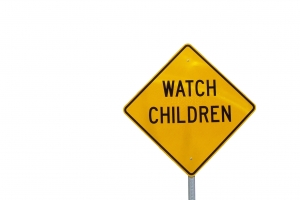
North Carolina lawmakers are now putting forward an idea that would raise the age for adult prosecution to 18. Representative Marilyn Avila is the lead supported of the bill and says that the law would raise the age to 18 only for teenagers who commit misdemeanors. Initially the law was drafted to include charges such as low-level felonies like car break-ins and marijuana possession. According to Avila, the problem with this draft of the law was that some criticized it for being soft on criminals and many would not support a measure that they felt let teens off the hook for more serious criminal actions.
The measure to raise the age for adult prosecution has been around for years as many advocates for young offenders say the juvenile justice system is better prepared to treat and rehabilitate young people. By shipping minors off to the adult criminal justice system, many are pushed even further into a dangerous life of crime. Another problem cited by some is that teens in North Carolina find themselves at a disadvantage to teens from other states when it comes time to apply for colleges. While other teens can claim a spotless criminal record, with their juvenile records sealed, young people from North Carolina with adult convictions have their crimes follow them for far longer.
 Charlotte Criminal Lawyer Blog
Charlotte Criminal Lawyer Blog



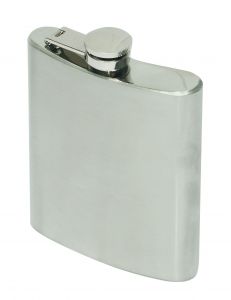

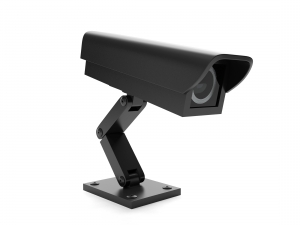
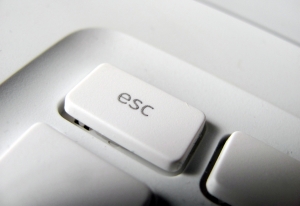
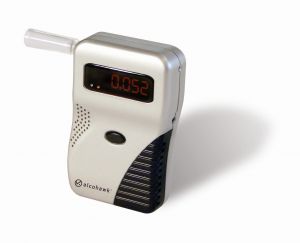
 Advocates of the law say that doing so compromises the integrity of the justice system by introducing an element of racial bias.
Advocates of the law say that doing so compromises the integrity of the justice system by introducing an element of racial bias.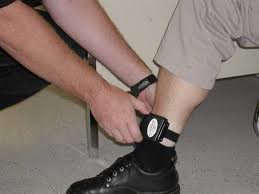 It took the jury only 20 minutes to convict Jackson, apparently not convinced by the victim’s testimony. Instead they were swayed by the data contained on the monitoring system.
It took the jury only 20 minutes to convict Jackson, apparently not convinced by the victim’s testimony. Instead they were swayed by the data contained on the monitoring system. When gunshots are fired, those sensors produce a report which is relayed back to the control room of ShotSpotter where a technician will focus on a computer screen and zoom in on a satellite map to see where the gunshots originated. The technician then analyzes the data and zeroes in on the exact block where the incident took place. After having confirmed that the sounds were indeed gunshots, the tech will then contact the police department and alert them to the gunshots, the time that the shots were detected by ShotSpotter sensors and the exact location.
When gunshots are fired, those sensors produce a report which is relayed back to the control room of ShotSpotter where a technician will focus on a computer screen and zoom in on a satellite map to see where the gunshots originated. The technician then analyzes the data and zeroes in on the exact block where the incident took place. After having confirmed that the sounds were indeed gunshots, the tech will then contact the police department and alert them to the gunshots, the time that the shots were detected by ShotSpotter sensors and the exact location.